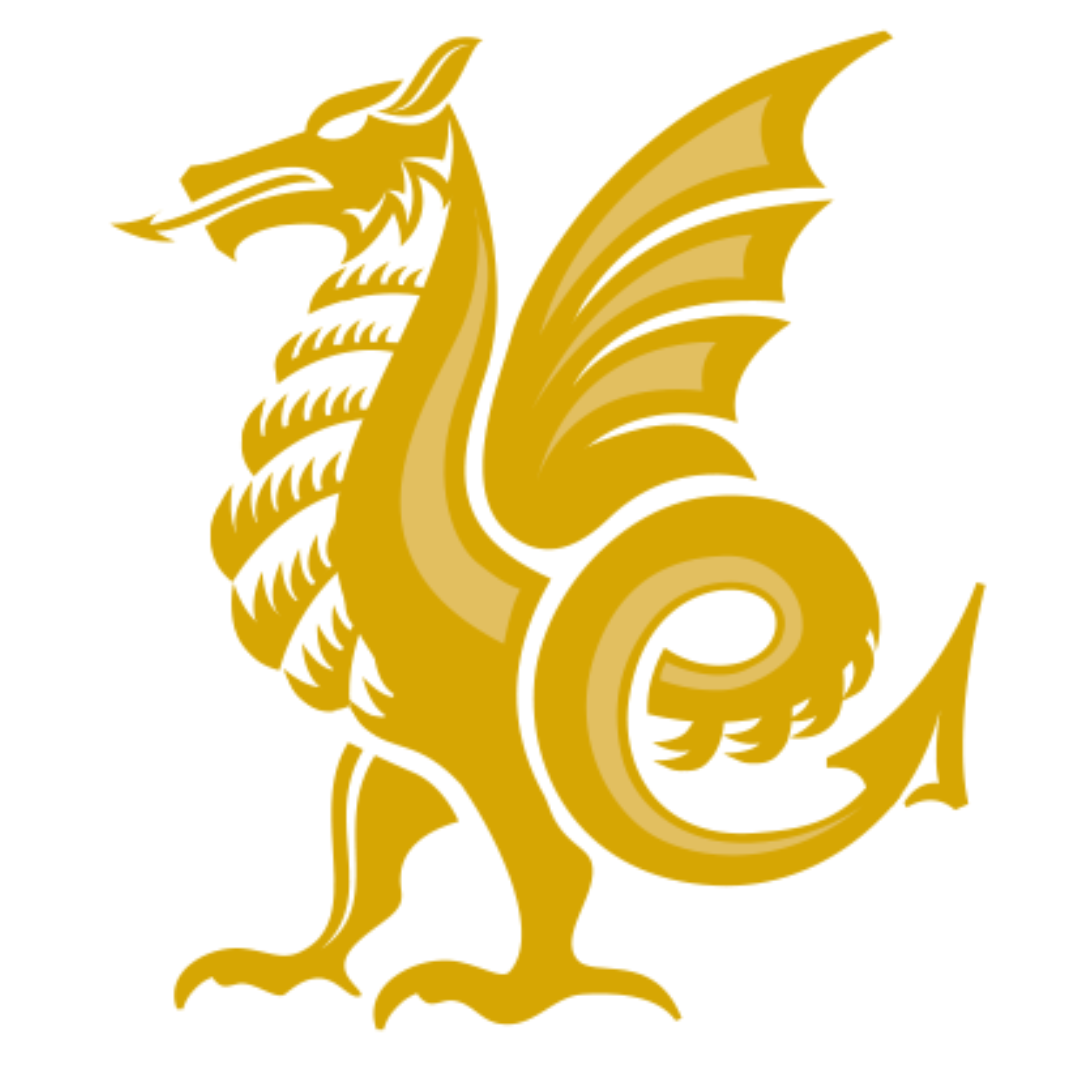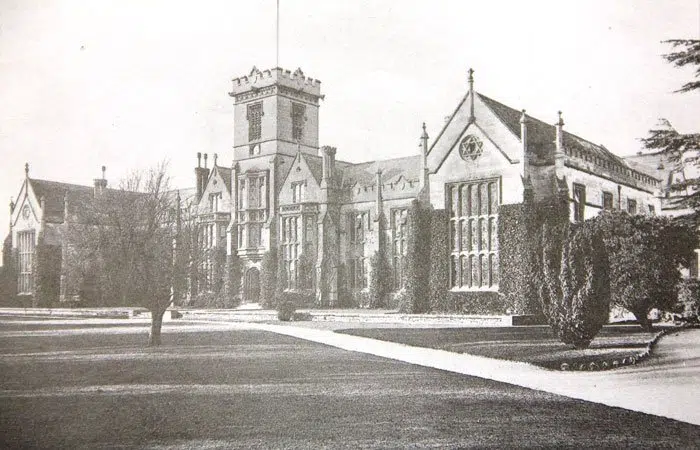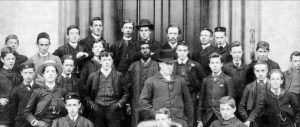Queen’s College, originally named the West of England Wesleyan Proprietary Grammar School, was founded in 1843 and adopted its present name in 1887 to commemorate Queen Victoria’s Golden Jubilee.
The location of the school has also changed. Although situated on Trull Road since 1846, the school was first sited in Castle House within the grounds of the Castle in Taunton.
The school owes its foundation to leading local Methodists who were dissatisfied by the educational opportunities available to non-conformists. Their ambition was in line with that of the University of London, with which the school became closely associated, to provide “a regular and liberal course of education.”
Despite the huge changes to the education system during the long history of the school, Queen’s College continues to hold true to this inaugural aspiration.
The cost of doing so is now more than the fees of nine guineas charged to the youngest of the initial intake of 34 pupils. However, the fact that the school roll is currently 700 suggests that many parents continue to believe that Queen’s College provides value for money.
It counts among its alumni a Nobel Prize winner, a Lord Chief Justice, Cabinet ministers, captains of industry, sports champions and many others who have excelled in various fields in keeping with the school motto that pupils should be prepared not for study but for life:”non scholae sed vitae discimus.”
This has only been possible over the decades because of the dedication of the School’s staff and the effective leadership of a distinguished line of fine Headmasters. These stretch from Mr Thomas Sibly, who served the school for its first 40 years to the present incumbent.
Each has ensured adherence to the principles of the School’s founders whilst adapting to the circumstances and demands of the time. This is most obvious in the expansion and modernisation of the campus with the acquisition of the old Civil Service playing fields and development of a new Sixth Form Centre as the most recent examples of this development.
Originally the School was comprised overwhelmingly of boarders until the last quarter of the 20th Century whereas today, day pupils form 60% of the population, ranging from babies to 18 years of age. Similarly, from being a School exclusively for boys, girls now make up half the School body since their admittance 40 years ago. Queen’s College can claim to be truly co-educational with all the benefits that ensue for its pupils, socially and academically, and in the performing arts and sport.
But the school exists to serve more than its own. This was most vividly demonstrated during World War I and World War II when 99 former pupils and staff of the School were killed on active service. When Queen’s College stood in relative geographical isolation, reinforced by the nature of boarding education, its links with the town were limited.
However, as the town has grown around the school so Queen’s has embraced the local community. Its facilities are increasingly used by clubs and societies based in Taunton and its pupils are more engaged with local society through charity work, activities associated with the Duke of Edinburgh’s Award scheme (adopted since the inception of the scheme) and various links with local schools.
As an institution, Queen’s College is clearly an important part of the history of the town but it is also proud to play an integral role in the life of contemporary Taunton.






